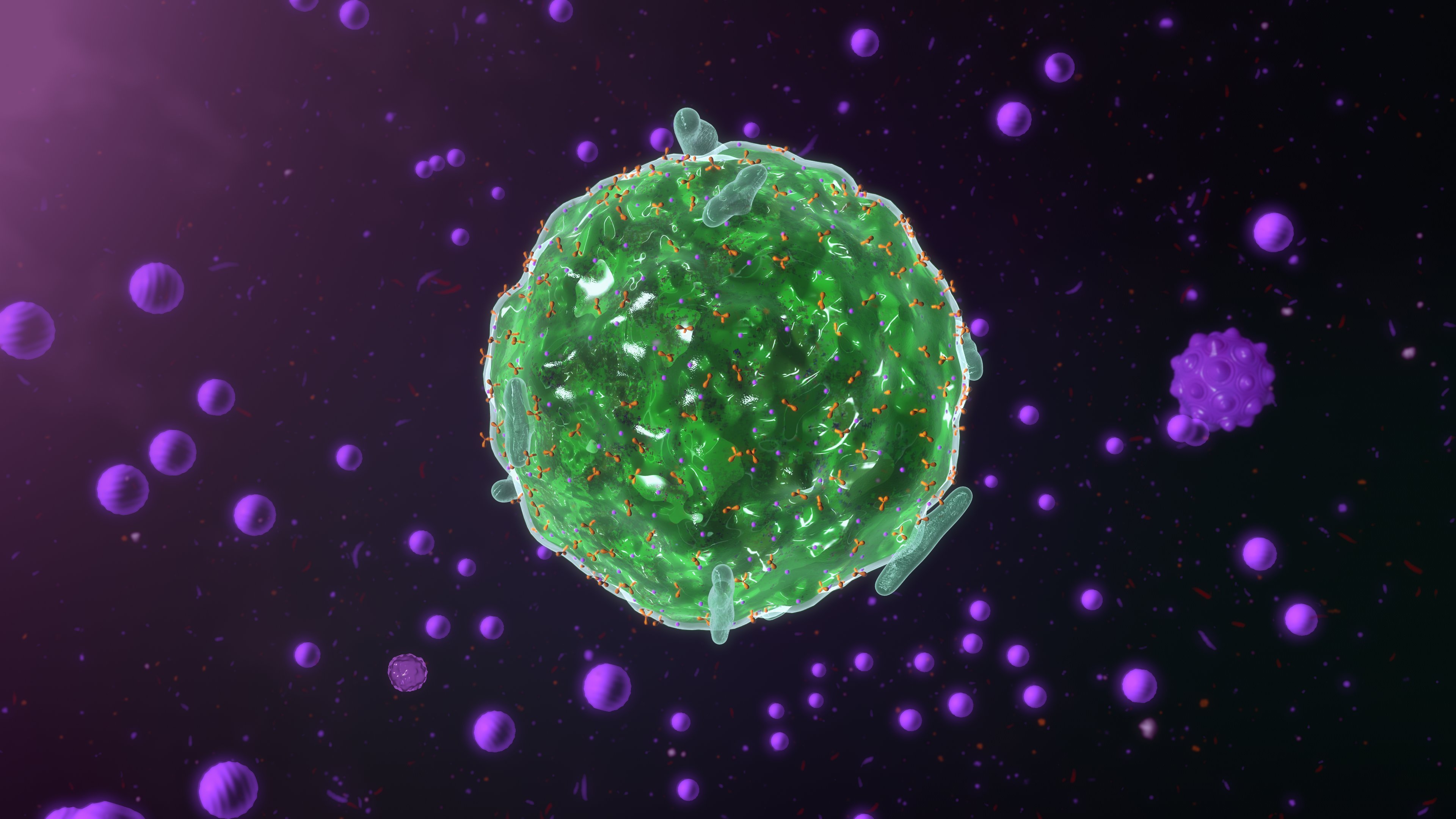Blocking Certain B-cells Found to Protect Mice from Lung Fibrosis After Exposure to Silica
Written by |

Lowering the numbers of interleukin-10 (IL-10)-producing immune B-cells in a mouse model protected the animals from developing fibrosis after exposure to silica, according to a recent report by researchers in China.
The study, “Role of IL-10-producing regulatory B cells in modulating T-helper cell immune responses during silica-induced lung inflammation and fibrosis,“ published in the journal Scientific Reports, suggests that it might be possible to intervene with fibrotic processes by harnessing the activity of these cells.
Lung fibrosis after inhalation of silica remains a worldwide threat to human health. While immune T-cells are the focus of most research efforts into immune factors that drive fibrosis, recent research has indicated that a particular type of B-cell — characterized by a molecule called CD19 on its surface — might be a trigger of immune T-cell responses.
Mice lacking these B-cells, also known to produce the immune signaling factor IL-10, develop less severe fibrosis when exposed to the chemical bleomycin, a commonly used fibrosis-trigger in animal models. Earlier studies have also shown that the lack of such B-cells trigger more powerful inflammatory reactions.
Researchers believe that these B-cells might affect the generation of T-cells, but their exact role in silica-triggered lung fibrosis is not known.
After exposing mice to silica, the researchers noted that the IL-10 producing B-cells steadily increased in numbers. Treating the mice with a compound that prevented the formation of those cells also led to a more intense inflammation in the animals’ lungs. Despite increased inflammation, however, the B-cell deficient mice had less fibrosis, the research team, from China Medical University in Shenyang, reported.
These changes were accompanied by lower amounts of collagen in the lungs and altered levels of immune cytokines, characterized by a switch in type of immune responses. Immune responses involving T-cells might be divided into a more inflammatory response relying on Th1 cells, or an anti-inflammatory Th2 response characterized by the cytokine IL-10.
Anti-inflammatory Th2-type immune responses are also dependent on a T-cell type called regulatory T-cells, commonly referred to as Tregs. Researchers noted that a lack of IL-10 producing B-cells also led to lower numbers of Tregs.
The study presented evidence that a shift toward stronger Th1 responses, brought on by lower numbers of B-cells producing IL-10, might protect against the development of fibrosis related to inhaled silica fibers.






